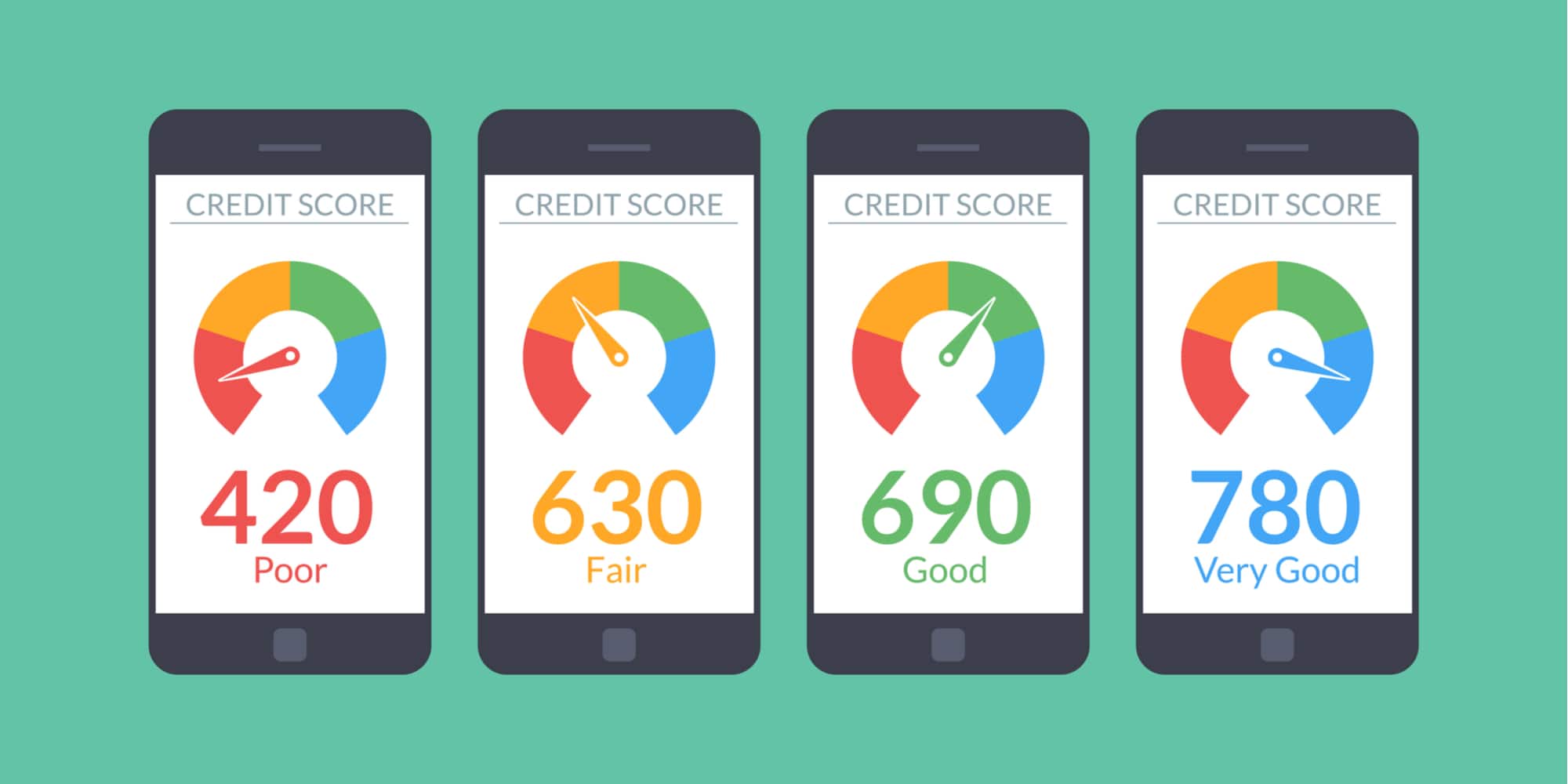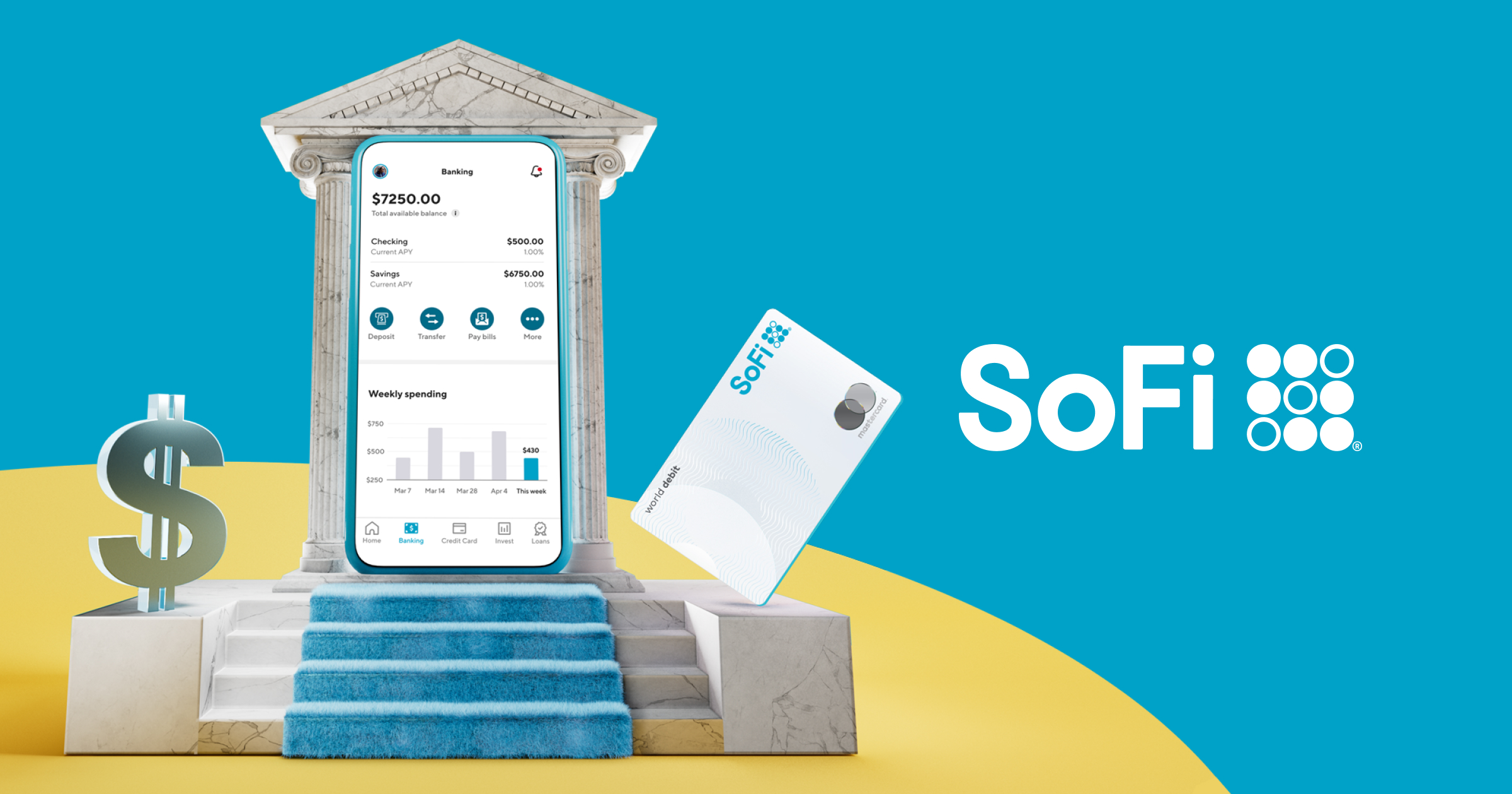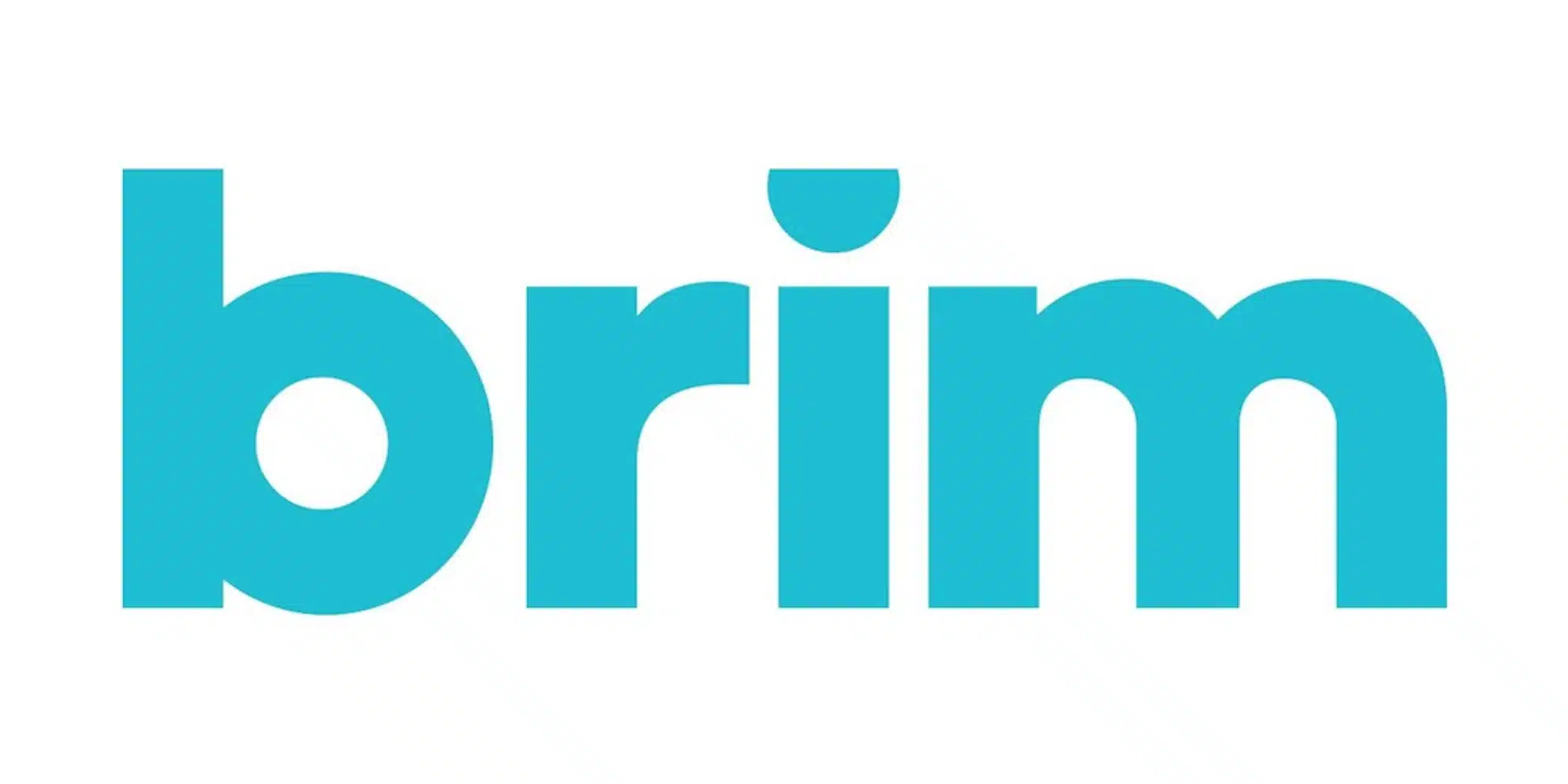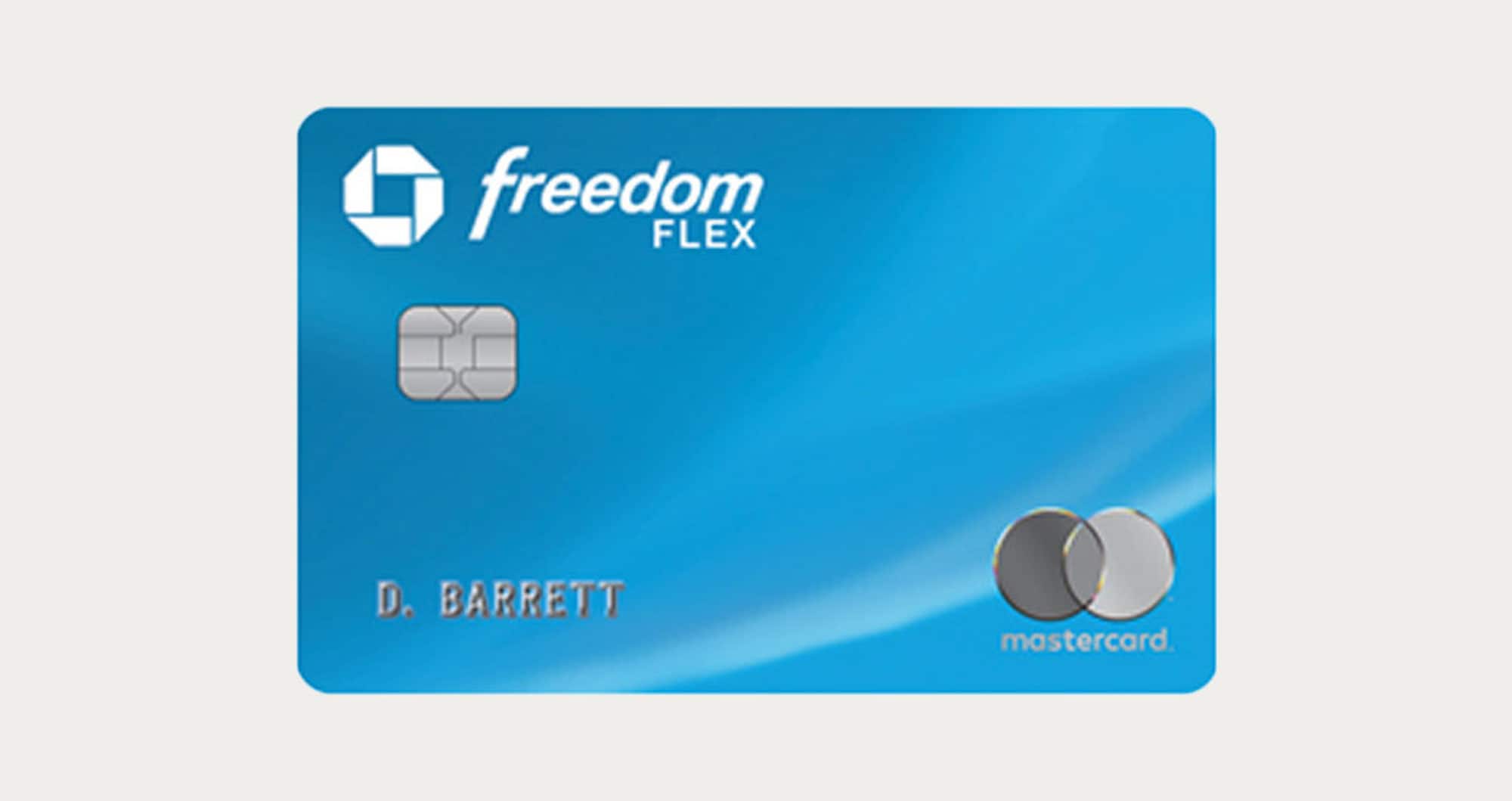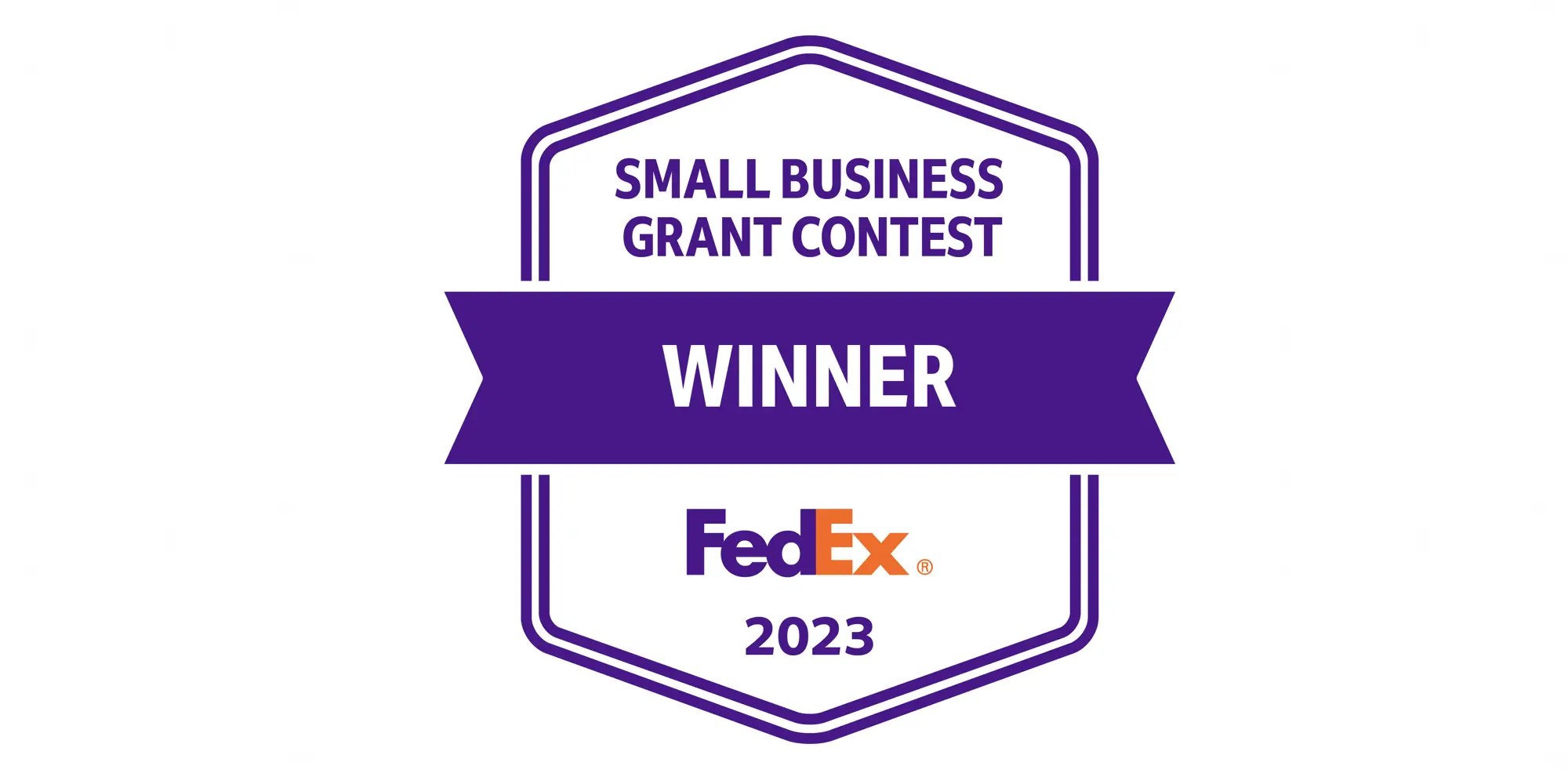
Personal Finance
FICO Introduces New Consumer Resilience Index
In recent years, there’s been plenty of discussion about making changes to the credit score system that most Americans are forced to live by. In addition to some FinTech lenders developing their own decision algorithms, products such as Experian Boost have allowed consumers to provide more information that might help their approval odds. Now the Fair Isaacs Corp. (FICO) has developed a new tool that may assist lenders in their credit decisions.
This week, FICO introduced what they call their Resilience Index, meant to complement their widely-used credit score models as a means of helping creditors with lending. The new index ranges from 1 to 99, with lower numbers being more ideal (in contrast to credit scores where higher numbers are more desirable). According to FICO, a score below 44 denotes that a consumer is more resilient, followed by the “moderate” range between 45 and 59. Those with scores between 60 and 69 are deemed to be in the “sensitive” category and, finally, scores above 70 indicate that a consumer is very sensitive to shifting economic change
While it might seem as though the implementation of the Resilience Index would make it more difficult for consumers to obtain loans or other lines of credit, FICO suggests the opposite could be true. In a blog post detailing the new offering, they cite an analysis that found 600,000 more mortgages could have been approved for consumers with credit scores between 680 and 699 had the Resilience Index been in use between 2010 and 2015.
Discussing the need for the new index, FICO Score VP and general manager Sally Taylor said in a statement, “Lenders and investors need to be able to evaluate and manage portfolios based on rapidly changing conditions, to further safety and soundness in credit as well as support the global economy. Consumers benefit when lenders have the tools to identify resilient borrowers, enabling lenders to price their products more competitively and to responsibly provide greater access to credit than they would otherwise be able to do.” Adding to those sentiments, Tom Parrent, principal at Quantilytic, stated, “This innovation addresses an issue witnessed in the previous financial crisis, in that financial institutions have been limited in their ability to calculate how resilient individual consumers are in the presence of an economic downturn. Through more precise credit analytics, lenders concerned about increased economic stress can maintain lending to more consumers, while still protecting their portfolio. Broader lending to more resilient borrowers may even soften the impact of a downturn should it occur.”
The introduction of the FICO Resilience Index comes at a time when the average credit score has actually been on the rise, reaching 703 earlier this year. Meanwhile the company also introduced its FICO 10 scoring model, which will put more of an emphasis on the total amount of debt a consumer has. That new model will also put personal loans into their own debt category. However, widespread adoption of this update could take some time to reach. Similarly, it’s unclear how many creditors will embrace the Resilience Index and how long it might take for it to become a common aspect of the lending process. In any case, one thing’s for sure: the way credit decisions are made will continue to evolve.

